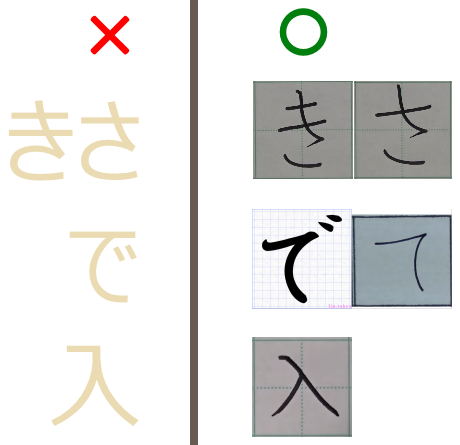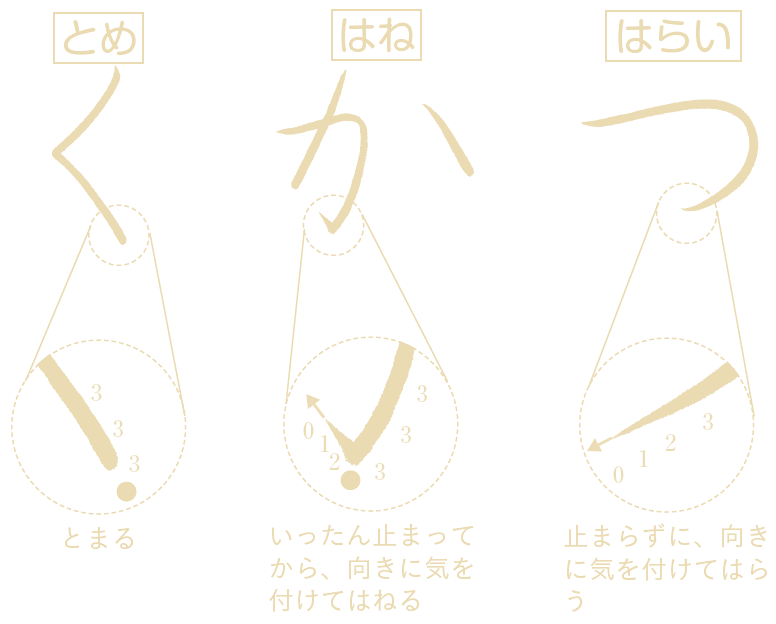Tegaki Tuesday
手書きの火曜日
🏆 Leaderboard
| 1 | 182 | |
| 2 | 133 | |
| 3 | 107 | |
| 4 | 76 | |
| 5 | 65 | |
| 6 | 57 | |
| 7 | 54 | |
| 8 | 53 | |
| 9 | 53 | |
| 10 | 41 |
Welcome to the Tegaki Tuesday (手書きの火曜日) website!
Tegaki Tuesday is a weekly Japanese/English handwriting challenge that happens every, you guessed it, Tuesday. For each challenge, a short passage along with its translation is selected from a haiku, the lyrics of a song, or a passage from a book, and posted to this site.
Then, it’s your job to handwrite (either physically or on a graphics tablet) the challenge either in Japanese and/or English. Please do your target language first!
How do I submit?
Submissions are currently only accepted through Discord on the #handwriting channels of the following participating servers:
- English-Japanese Language Exchange a.k.a. EJLX — This is the largest participating server, with over tens of thousands of members and an incredibly active handwriting community.
- 日本語と英語 - JP & EN a.k.a. 日英
- Yudai La Piñata
- The LearnJapanese Guild of Habitica
In the #handwriting channel of participating server, use the -h submit command along with an image attachment to submit. 字ちゃん (Ji-chan) will automatically upload your submission to the website for you! (Please be patient, there may be a short delay before your submission is visible.) You can submit as many times as you want.
For more information on 字ちゃん commands, see the command list.
Command list
All commands are also available as slash (/) commands.
-h submitSubmit to the latest handwriting challenge.-h challengeView the latest handwriting challenge info.-h imagesList the images in your current submission, if available-h imageDelete <image number>Delete images from your current submission using image numbers fromh images.-h suggest <suggestion>Make a suggestion for future challenge prompts!-h i <text>Get category information and links to Jisho for character(s), along with with stroke a order diagram for single characters.-h so <text>Get stroke order diagrams for character(s), maximum 4-h jinmeiyoRandom Jinmeiyō kanji-h joyoRandom Jōyō kanji-h kyoiku <grade|all>Random Kyōiku kanji-h jlpt <level|all>Random JLPT kanji-h hyogai <group|all>Random Hyōgai kanji
Contact
This site is operated by me, Elnu. You can contact me on Discord at elnudev. The source code for the website and bot are available here. This site is source-available and the bot is under the GNU General Public License v3.0. If you would like to contribute, have the challenge on your server, or use some of my code, please feel free to send me a message!
Getting started
This section is courtesy of Delta (Δ三八#4656).
There are three important things when writing Japanese, whether it be kana or kanji:
Stroke order
Every character has a set way of being written and the strokes have an order to them.
For example, when we write 木, we first write the horizontal stroke, then the vertical and then the left sweep and right sweep.
Try to follow this stroke order and memorise it. It might look arbitrary and daunting at first, but after the first few hundred kanji you will realise the pattern and be able to guess the stroke order of kanji you don’t even know yet.
Is stroke order important? Yes, it is. It’s the most efficient way of writing (even if it may not look like it to the untrained eye) and brings consistency to your writing. It becomes especially important when writing (and reading) in 行書 “semi-cursive” which relies on the right stroke order.

Character Balance
Do not copy computer fonts.
The characters you see on the screen look the way they do mostly because they are made to fit in a tiny block with a limited set of pixels.
However, this is not how we actually write the characters.
Some examples of this are:
- We don’t connect き and さ
- We don’t put the dakuten ( ゙) in the middle of a character like in で, but always at the top right
- We don’t write 入 like… that
You can compare this to how we don’t write a Times New Roman “g” when handwriting in English.


Proportions
Proportions are also very important. In order to practice character balance and get used to it, it’s highly advised you write each character in a box divided by a 4 section grid, like so: 田
You can then look up stroke order and proportions of each kanji on for example Jisho.org
You can download practice sheets or make them yourself. You can also just buy any grid notebook as long as the grid isn’t too small and you can write a single character in 4 squares comfortably.
As a last resort you can also simply draw a grid yourself.

Types of strokes
There are 3 basic types of stroke endings:
- とめ or “stop”
- はね or “jump” (or hook, flick, etc)
- はらい or “sweep” (or brush, etc)
These apply to kana as well as kanji, just like everything else that’s written above. This image should explain the difference:

Where to start?
As for where to start, start with learning how to write hiragana properly:
